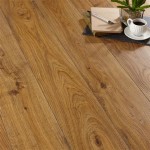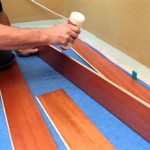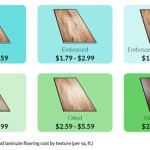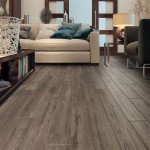Ceramic Plank Tile Flooring: A Comprehensive Guide to Its Essential Aspects
Ceramic plank tile flooring is an increasingly popular choice for homeowners seeking a durable and stylish alternative to traditional wood or tile flooring. This guide will provide a comprehensive overview of the essential aspects of ceramic plank tile flooring, including its benefits, installation process, maintenance requirements, and design considerations.
Benefits of Ceramic Plank Tile Flooring
Ceramic plank tile flooring offers numerous advantages, including:
- Durability: Ceramic tiles are exceptionally durable, resistant to scratches, stains, and moisture.
- Water-resistance: Ceramic tiles are waterproof, making them ideal for areas prone to spills or moisture.
- Fire-resistance: Ceramic tiles are fire-resistant, providing peace of mind in case of a fire.
- Low maintenance: Ceramic plank tile flooring is easy to clean and maintain, requiring only regular sweeping or mopping.
- Versatility: Ceramic plank tiles come in various colors, textures, and sizes, providing endless design possibilities.
Installation Process for Ceramic Plank Tile Flooring
Installing ceramic plank tile flooring typically involves:
- Preparing the subfloor (leveling, smoothing, and cleaning).
- Installing an underlayment to provide support and reduce noise.
- Laying the ceramic plank tiles using thin-set mortar or adhesive.
- Spacing the tiles evenly using spacers.
- Grouting the joints between the tiles and allowing it to dry.
- Sealing the tiles to protect them from stains and moisture.
Maintenance Requirements for Ceramic Plank Tile Flooring
Maintaining ceramic plank tile flooring is relatively simple, involving:
- Regular sweeping or vacuuming to remove dirt and debris.
- Mopping with a neutral pH cleaner to clean spills and stains.
- Avoiding abrasive cleaners or harsh chemicals that can damage the tiles.
- Resealing the tiles every few years to maintain their protective barrier.
Design Considerations for Ceramic Plank Tile Flooring
When designing with ceramic plank tile flooring, consider the following:
- Color: Choose a tile color that complements your decor and creates the desired ambiance.
- Texture: Opt for smooth or textured tiles depending on the desired look and feel.
- Size: Smaller tiles are suitable for smaller rooms, while larger tiles can create a more spacious feel.
- Pattern: Experiment with different laying patterns such as herringbone, offset, or stacked.
- Transitioning: Consider using transition strips or borders to seamlessly connect ceramic plank tile flooring with other flooring types.
By understanding the essential aspects of ceramic plank tile flooring, homeowners can make informed decisions about its installation, maintenance, and design. This versatile and durable flooring option offers a myriad of benefits, enhancing the aesthetics and functionality of any space.

5 Wood Look Tile Flooring Ideas Lowe S

Porcelain Vs Ceramic Tile Learn The Difference Flooring Inc
Wood Look Tile Your Complete Guide Floorings

Wood Look Ceramic Tile Installed Jennifer Rizzo

Wood Tile Outdoor Ceramic Flooring Like Floor China Tiles Decorations Glazed Made In Com

Wood Look Tile Ceramic Porcelain The

Two Ceramic Floor Tiles That Look Like Wood Fronda And Sauco Tile S Of America

5 Porcelain Tiles That Look Just Like Wood

Wood Look Tile 17 Distressed Rustic Modern Ideas
Wood Tile Flooring Floor Decor
Related Posts








